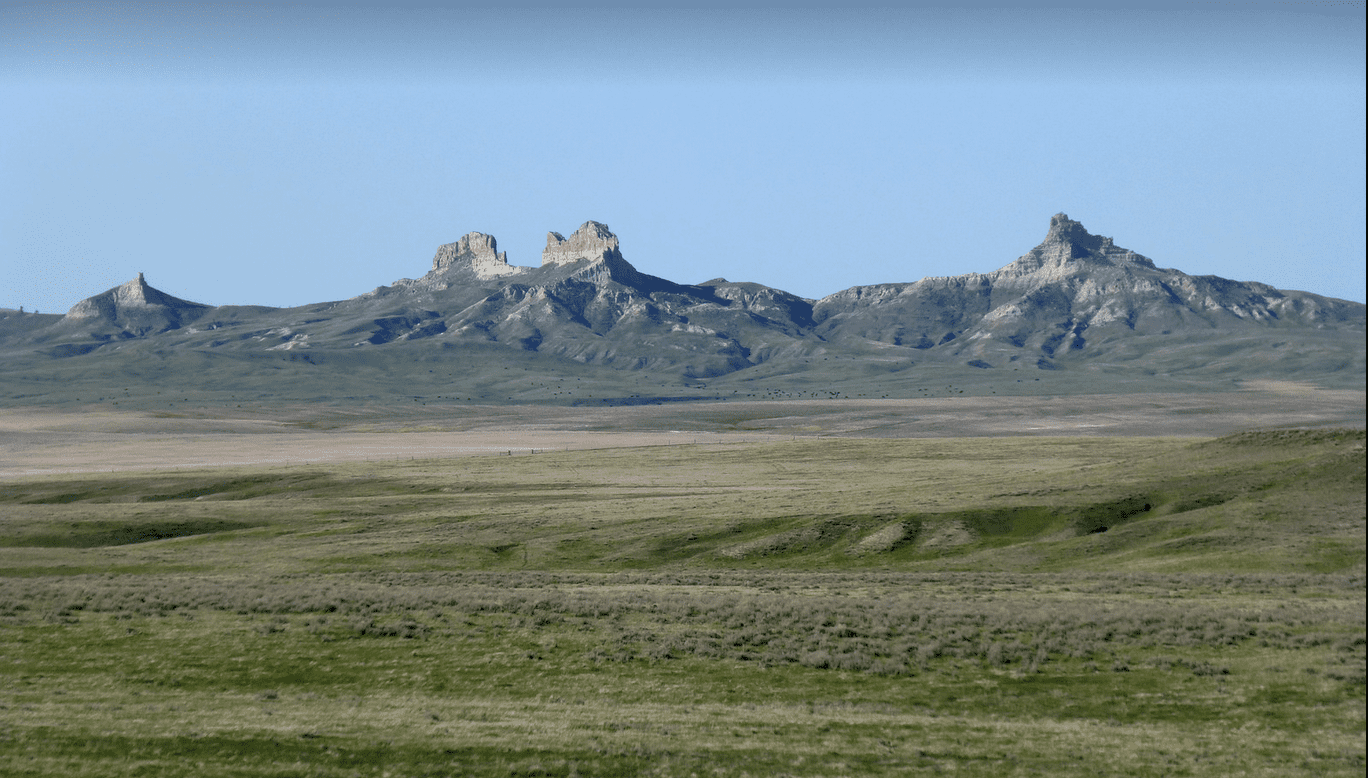The Northern Grasslands Restoration Incentives Program (N-GRIP) provides conservation options where others may not work or exist. “That’s the foundation of the program”, said Steve Riley, NGPJV Assistant Coordinator. “We wanted to build a program that can fill in the gaps for other programs and that virtually any conservation practitioner can put to use.”
As the name suggests, N-GRIP is about restoring and maintaining healthy and resilient grasslands in the Northern Great Plains. Resilient grasslands support a healthy agricultural economy, lifestyle, and many of the natural amenities people of the prairie love. Resilient grasslands are also great for birds and other wildlife, which says a lot about the overall value. Riley said it’s like the proverbial canary-in-the-coalmine…. “Where there are healthy and diverse bird populations, the land tends to be healthy.”
The program is designed to help private landowners and operators manage their grasslands and associated wetlands. Financial incentives are provided for activities such as:
- Eliminating encroaching non-native or otherwise aggressive vegetation,
- restoring grasslands by planting predominantly native grass and forb cover,
- restoring associated wet (i.e., mesic) areas, ephemeral waterways, and wetlands, and
- installing needed grazing infrastructure to facilitate enhanced prescribed grazing systems.
Other practices that support resilient grasslands are also supported.
N-GRIP is designed to target working lands that are of vital importance to a suite of five declining grassland birds and to focus on projects that can serve as catalysts or demonstrations for other producers and practitioners. These projects also aim to maintain resilient and sustainable working lands by supporting the focused conservation efforts of NRCS and our other partners. Program decisions are led by local leaders in conservation delivery.
While N-GRIP is ultimately for the producer and the land, it was created to support the work of private lands practitioners. “These front-line conservationists who work directly with producers are the key to effective conservation delivery,” Riley noted. “We rely on these conservation champions to ensure that projects are designed in a manner that maximizes favorable conservation outcomes.”

